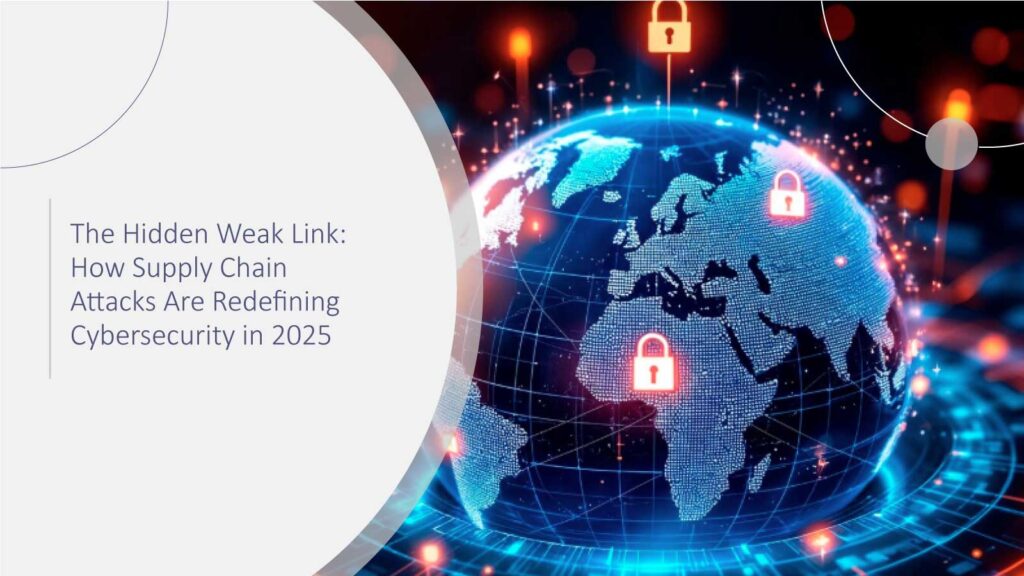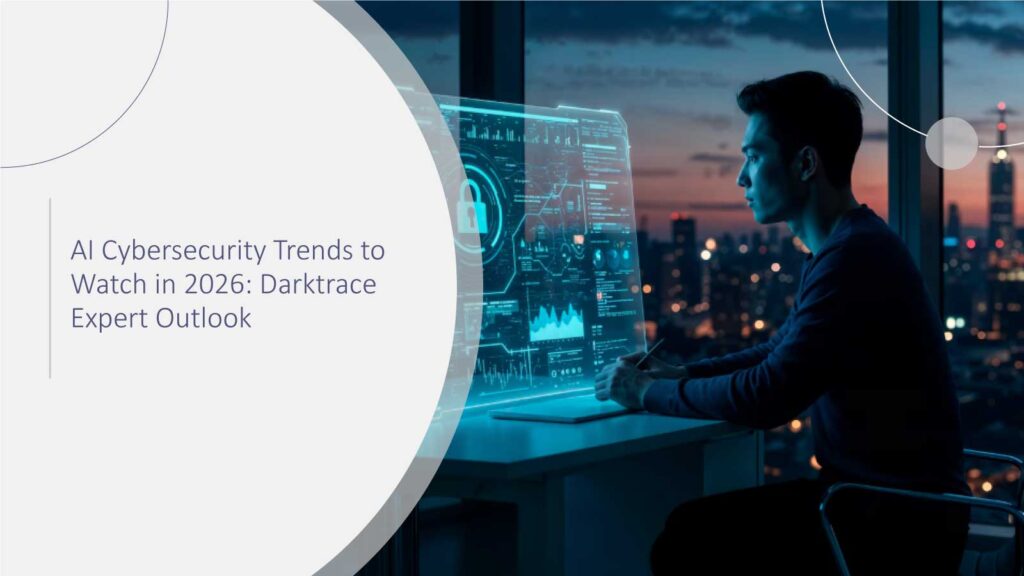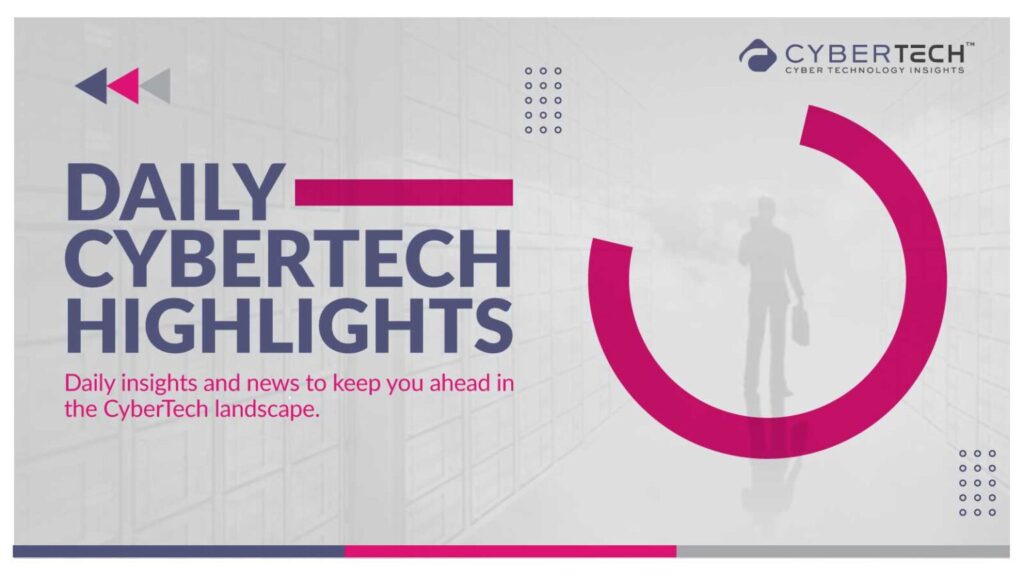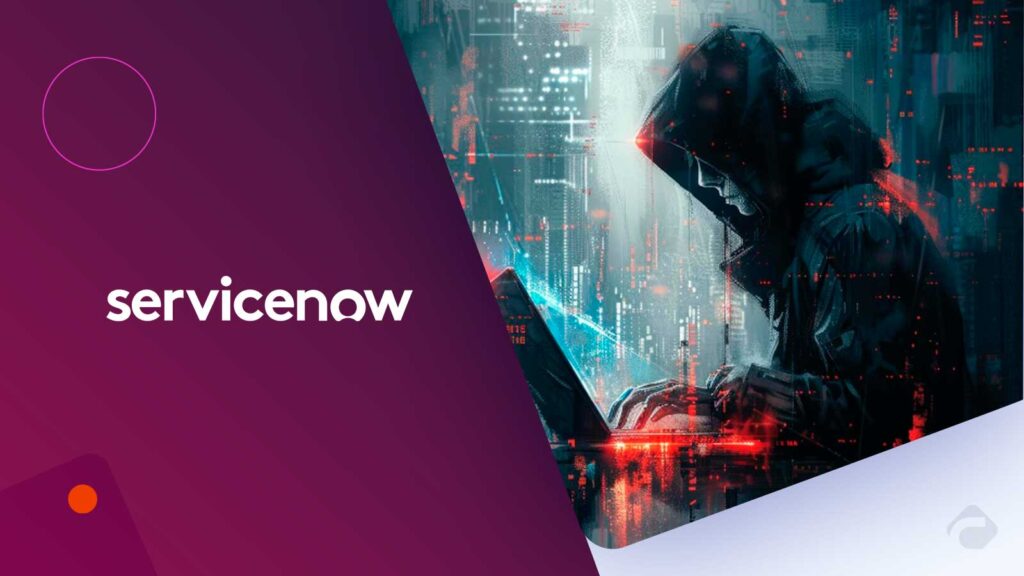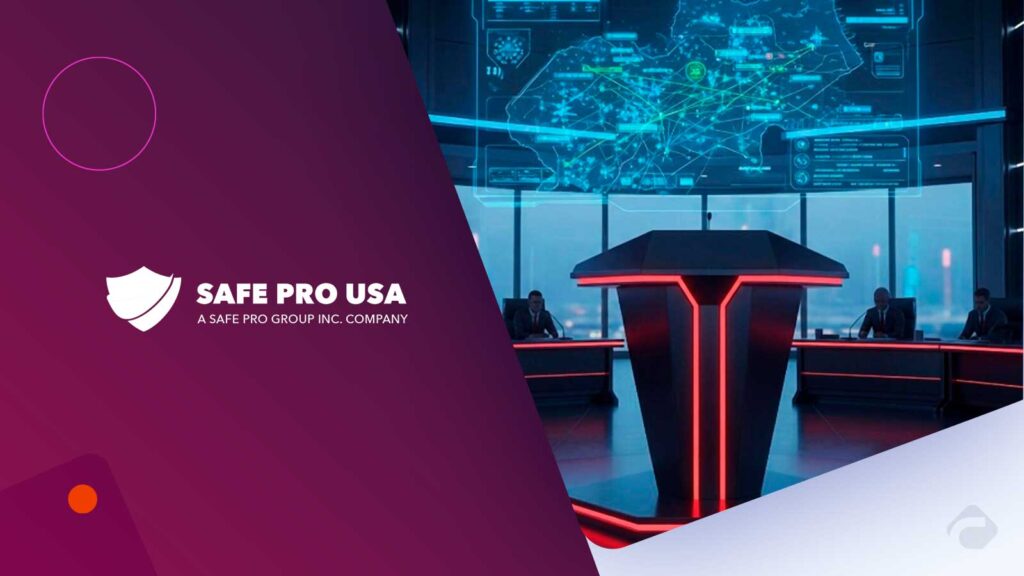By 2025, the cybersecurity environment will have undergone a huge change. Many face a continuous struggle with phishing and malware, besides those traditional threats; however, even more sinister have become the supply chain attacks. These attacks, in fact, aim at the whole chain of vendors, suppliers, and partners that organizations are connected to, merely by exploiting security weaknesses to get unauthorized access to the most important systems and data. The repercussions are strong, going beyond the attacked organizations to their customers, partners, and even whole industries. Gartner Forecasts Global Information Security Spending to Grow 15% in 2025.
The Surge of Supply Chain Attacks
According to McKinsey, supply chain cybersecurity vulnerabilities have become a significant concern, with incidents rising sharply over recent years. Gartner, in its 2025 research, came to the conclusion that 45 % of companies across the globe have been subject to a software supply chain attack. The data show a leap from the previous years regarding the threat frequency and sophistication. The utilization of open-source software and cloud and the interconnection of systems have exposed greater areas for attacks. Besides, the trend for third-party vendors to provide critical services and software has generated a complex interdependence, of which risks it is difficult to identify and lessen.
Real-World Impacts
Jaguar Land Rover: A Case Study in Manufacturing Disruption
By the middle of 2025, a major cyberattack led to discontinued production at the UK plants of Jaguar Land Rover (JLR), one of the landmark British automobile manufacturers. The shooting was carried out by the Scattered Spider hacking group via an exploit of an SAP Netweaver software vulnerability, with stopped functions and financial damages as a result. Nevertheless, the incident made it clear how much the automotive sector supply chain is vulnerable to such risks.
Swedish Municipalities: The Public Sector Under Siege
At the beginning of 2025, an incident of a ransomware attack on Miljödata, a Swedish IT supplier, caused a wide blackout in the services of around 200 municipalities, with affected HR systems and medical records. The attack demanded a ransom of 1.5 bitcoin (about $163,000), illustrating the importance of securing the public sector’s third-party vendors.
Understanding the Threat Landscape
Supply chain attacks mostly consist of taking over a trusted vendor so as to get access to an organization’s systems. The infiltration of networks can come from the attacker’s exploitation of security vulnerabilities in the software update process, third-party libraries, or cloud services. The use of open-source software and the modern-day supply chains, interconnectedness have resulted in a larger attack surface, which makes it harder to find and stop the attacks.
Strategies for Mitigation
1. Vendor Risk Management
Companies need to develop a “vendor risk management” mechanism that is quite a thorough framework, which consists of steps like due diligence, constant vigilance, and contracts that are extremely specific about the security expectations. The regular audits and evaluations could also help in uncovering potential vulnerabilities in the supply chain.
2. Zero Trust Architecture
Zero Trust concept implementation leads to a situation where trust is never assumed, even if a person or thing is identified as coming from a known company, location, or network segment. Such an approach entails strict access control, perpetual authentication, and the application of micro-segmentation to areas of the networks where there is a possibility of lateral movement.
3. Supply Chain Visibility
When an organization has detailed access to its supply chain, it can easily spot the probable dangers at an early stage and be able to respond rapidly. The use of various real-time monitoring and analytics tools creates situation-based awareness, thus speeding decision-making.
The Role of Human Factors
Human error and insider threats are still the largest causes of vulnerabilities in the supply chain. Organizations must establish awareness and training programs to educate employees and partners on security best practices. This kind of initiative may not only lead the company to lessen the risks related to human factors but also establish a culture of security.
Organizations should not only anticipate such situations but also be preemptive in thwarting a possible occurrence of cyber threats, even if they are far-fetched. They ought to use avant-garde cybersecurity technologies, foster truly authentic vendor relations, and conversely, make security part of the organization’s fabric to construct supply chain resilience against attack.
Conclusion
Supply chain attacks are one of the most perilous and are spreading fast as global organizations are falling forthemt. By learning the risks and performing security measures in a holistic manner, companies can not only protect themselves but also the safety of their stakeholders from such far-reaching consequences of the attack.
In conclusion, while maneuvering the complexities of 2025’s cybersecurity landscape, it is essential to realize that a secure software supply chain is at the very heart of it all. Companies can make themselves impervious to dynamic cyber attacks by effectuating comprehensive risk management programs, Zero Trust principles, and deep supply chain visibility. The time for action has long been here – in such a highly networked world like today;s, a breach in the supply chain locally means a breach globally.
FAQs
1. What is a supply chain attack?
A supply chain attack is a method of hijacking in which the aim is to hack an organization’s system by going through a third-party vendor without authorization, and that is by exploiting the trust that is present in vendor relationships.
2. How can organizations assess vendor security?
Organizations can conduct security checks over suppliers by performing the due diligence procedure, which covers security audits, questionnaires, and ongoing monitoring of supplier practices.
3. What is a Zero Trust architecture?
Zero Trust architecture implies a network security design that restricts the trust that is given tanyonene whether inside or outside the network. As such, it introduces the most rigorous access controls and is always on verification of both users and devices.
4. Why is supply chain visibility important?
Supply chain visibility helps businesses to spot vulnerabilities, take quick steps to meet the changes, and collaborate effectively with suppliers to increase security.
5. What are the long-term effects of a supply chain breach?
Some of the long-term impacts are not only limited to loss of brand value but also include paying penalties for breaking the law and being unable to operate normally, and all of these would have a significant financial impact on the company.
For deeper insights on agentic AI governance, identity controls, and real‑world breach data, visit Cyber Tech Insights.
To participate in upcoming interviews, please reach out to our CyberTech Media Room at sudipto@intentamplify.com.

